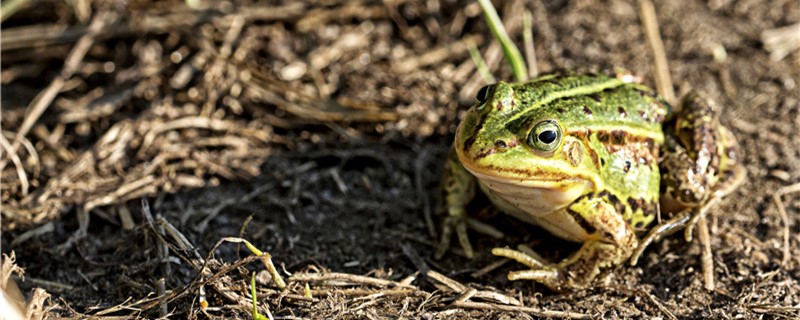
? Animals need to breathe, but different animals use different respiratory organs. Moreover, even the same animal may use different respiratory organs at different ages, such as frogs. When frogs are small, as tadpoles, they live in the water and breathe with gills.
When they develop into frogs, they don't use gills to breathe, they develop lungs, and they use this organ to breathe. However, it is not enough to breathe with it, because the lungs of frogs are not as advanced as those of humans, nor as advanced as those of most mammals and birds, so they use not only the lungs, but also the skin to breathe, through the pores and blood vessels in the skin. Moreover, the auxiliary function of skin is very important and indispensable for frogs.
? As mentioned above, frogs breathe not only through their lungs, but also through the pores and blood vessels in their skin. When frogs breathe through their lungs, the lower part of their mouth descends, so there is more air in their mouth. When the air is inhaled into the mouth, the gas will enter their lungs along the frog's organs, and the oxygen in the air can be absorbed and the frog can complete various life activities. In fact, when frogs breathe, they can be observed from the outside, and their stomachs open and close, indicating that they are breathing.
In addition to their lungs, frogs breathe through their skin. They need to meet a condition to breathe with their skin. Their skin is easier to breathe only when it is moist. In fact, the respiration of the skin is very important, absorbing and providing about 40% of the total oxygen absorbed by frogs.